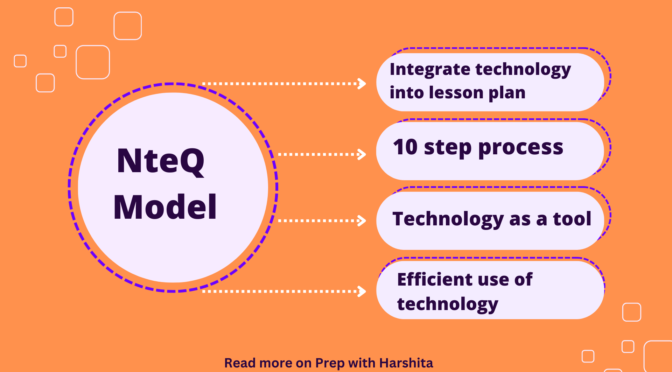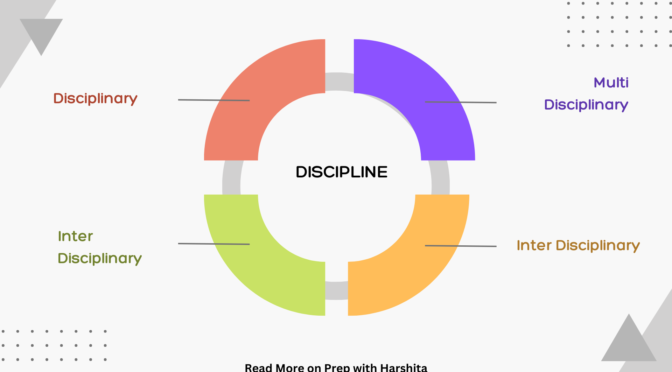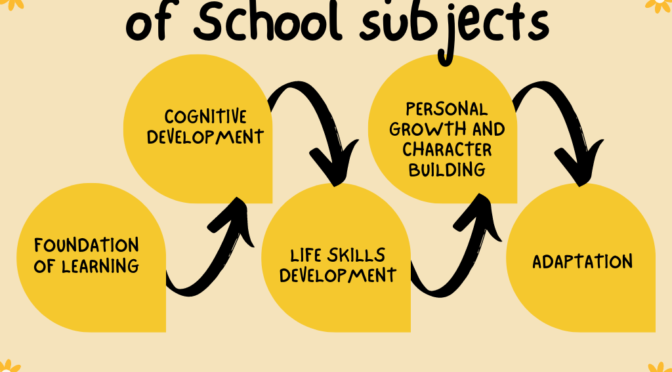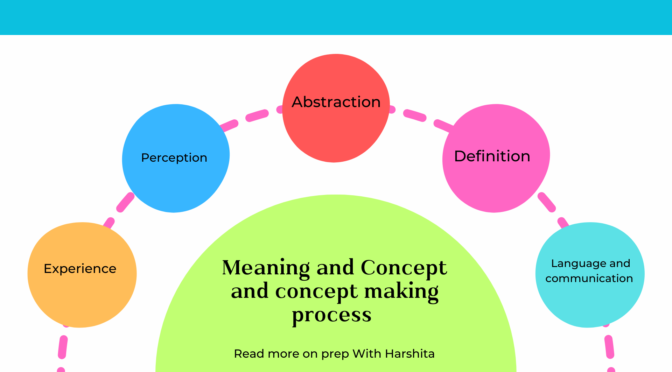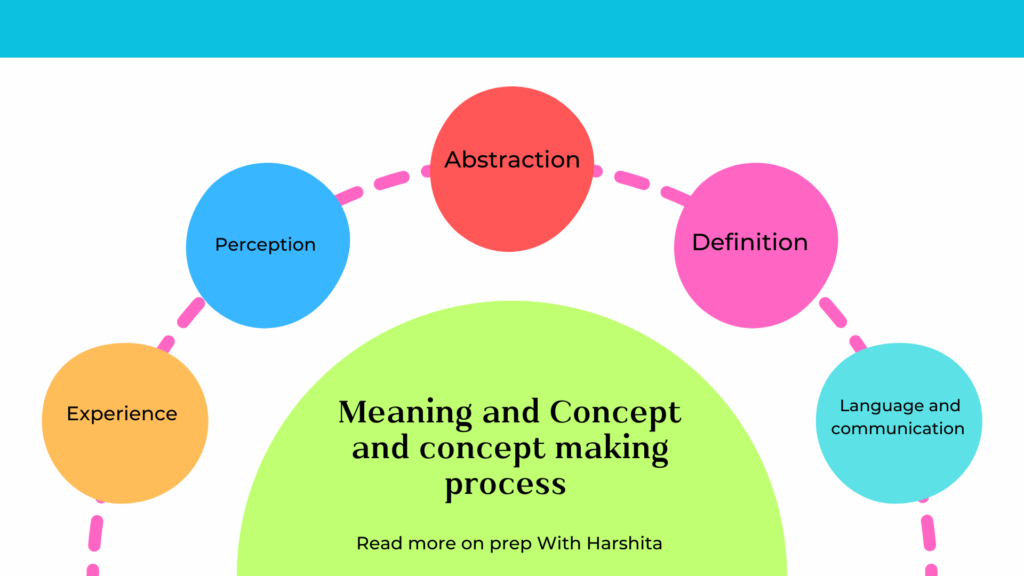The NTeQ model stands for iNtegrating Technology for inQuiry. It is a framework for educators to integrate technology effectively into their lesson plans. It focuses on using technology as a tool for student-centered learning. Also, on inquiry and discovery rather than simply delivering instruction or practicing skills.
Key features of the NTeQ model:
- 10-step process: The model provides a clear and structured approach to planning lessons, with ten distinct steps guiding teachers through the process.
- Student-centered: The model emphasizes student learning and engagement, encouraging teachers to design activities that allow students to explore, collaborate, and construct their own understanding.
- Technology as a tool: Technology is seen as a valuable tool to support inquiry and learning, not just as an additional resource or delivery method.
- Integration with curriculum standards: The model helps teachers connect their technology-based activities with specific curriculum standards and learning objectives.
Let’s see the 10 steps of this model :
- Specify learning objectives
- identify student needs and interest
- Select appropriate technologies
- Design engaging learning activities
- Develop assessment strategies
- Plan for management and support
- Prepare technology resources
- Introduce and model new technologies
- Guide and support student learning
- Evaluate student learning and the effectiveness of the lesson
Benefits of using the NTeQ Model :
- Improved student engagement and learning outcomes
- Development of critical thinking and problem-solving skills
- Enhanced collaboration and communication skills
- Increased student motivation and creativity
- More effective and efficient use of technology in the classroom
Also Read: Virtual Communities and educational Implication
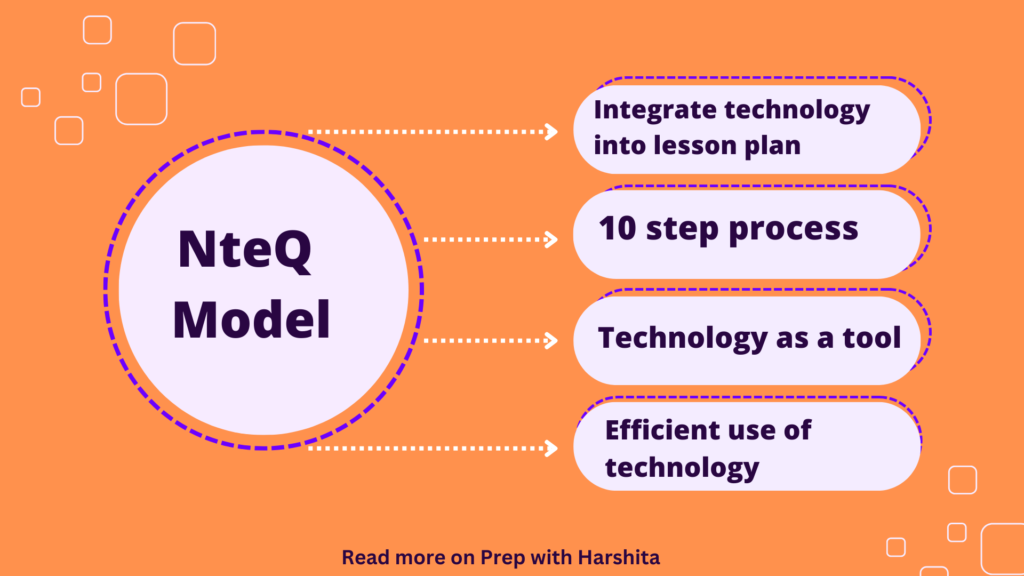
Also Visit: Prep with Harshita

